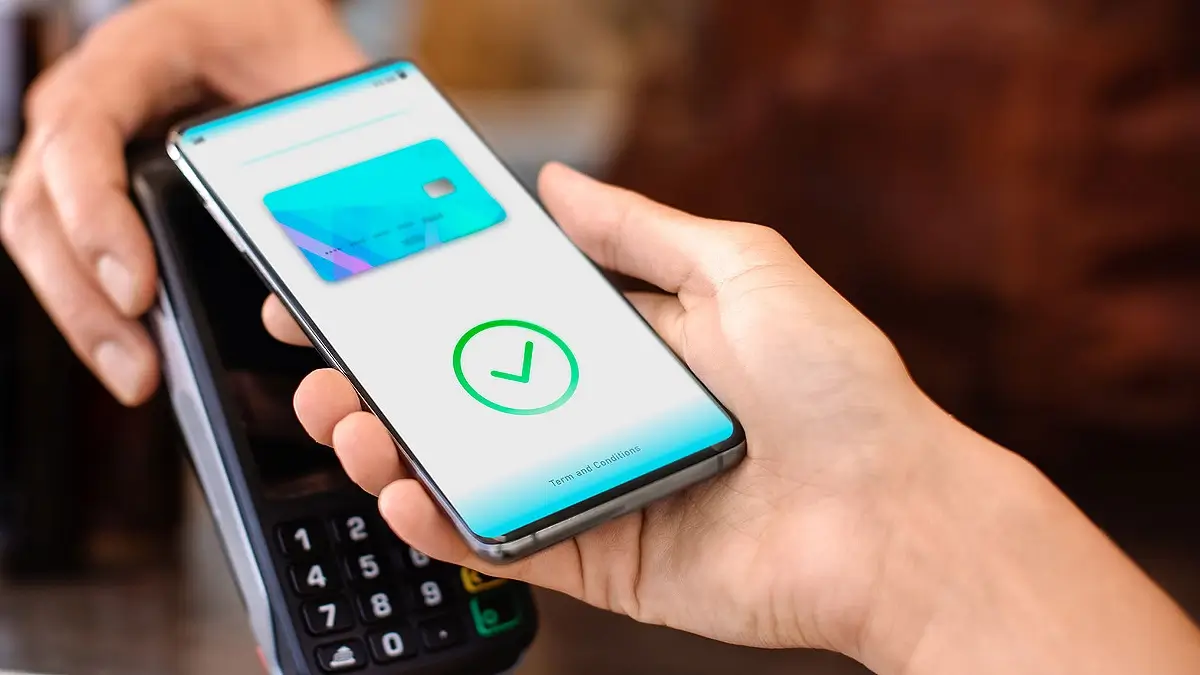Many ecommerce businesses today accept mobile payments and doing transactions online, but not all are maximizing the benefits of this channel.
Given how prevalent mobile payments are—and how high they often rank in terms of customers’ preferred mode of payment—if a business invests in everything but its mobile payment experience, it will still contend with a high rate of abandoned transactions and a painful number of missed sales opportunities.

It’s important for mobile payments to be seamless, secure, and convenient for both the e-commerce business and the customer. To ensure that your business takes full advantage of the mobile payment technologies currently available and reaps the full benefits afforded by this payment channel, here are some key insights to consider:
1. Simplify the Checkout Process.
One of the top reasons for cart abandonment is a complicated checkout process.
If they encounter too many steps, too many unnecessary form fields, or even unclear payment instructions, it’s entirely possible for customers to abandon their purchases before completing the transaction.
To avoid this issue, make your mobile payment experience as seamless as possible by reducing the number of steps required to complete a purchase.
It also helps to improve user convenience by offering guest checkout options, auto-fill features, and one-click payments.
All of these measures will increase your chances of completing the sale.
2. Offer Multiple Mobile Payment Methods.
Customers have different preferences when it comes to mobile payments. Some may prefer digital wallets, while others rely on QR codes, direct bank transfers, or even cryptocurrency. Additionally, some customers prefer to use mobile wallets for security reasons, as they eliminate the need to share card details directly.
If your ecommerce site accepts multiple payment options, you’ll be able to cater to a wider audience and reduce the likelihood of losing customers due to limited payment choices. Multiple methods also reduce the downtime issues.
Consider integrating digital wallets that allow for quick authentication without requiring users to enter their card details manually. Maya Checkout can process payments made using e-wallets on top of payments made using debit and credit cards and bank transfers. Using the payment gateway WooCommerce plugin, for example, you can easily integrate Maya Checkout into your online shop and make it easier for customers to pay using the methods they prefer best. This ensures that customers feel comfortable and confident with their payment choices, which will ultimately improve their level of satisfaction with their transactions.
3. Optimize for Speed and Performance.
A slow-loading payment page can do a lot to discourage customers from doing and completing their purchases. Studies show that even a one-second delay in page load time can significantly reduce conversion rates.
If customers experience lag or glitches, they may hesitate to enter their payment details, fearing transaction errors or double charges.
Why let delay get in the way of a sale? Ensure that your payment gateway loads quickly by minimizing unnecessary elements in your payment process. It’s also an option to use caching techniques and to take the extra time to optimize your site images. Also make it a point to work with payment providers that offer fast and reliable transaction processing. A well-optimized payment page should load within seconds and be responsive on all mobile devices.
4. Enhance Mobile Security and Build Trust among Customers.
Security concerns can make customers hesitant to use mobile payments, even if they’re interested in what an e-commerce business has to offer them. If they don’t trust a website or payment channel, they might feel hesitant about sharing their financial details. This is a practical stance to take, considering the current rise of cyber threats and payment fraud.
Businesses must take these concerns seriously and take proactive steps to safeguard their customer transactions. Knowing that, make it a point to strengthen your security measures by implementing standard safety measures such as encryption, two-factor authentication, and a dependable fraud detection system. Displaying security badges and certifications, such as Payment Card Industry Data Security Standard (PCI-DSS) compliance, will also reassure customers that their payment information is safe. Lastly, always provide clear information about your refund and dispute resolution policies to build further trust with your audience.
5. Provide Clear Payment Instructions.
The more intuitive your payment process is, the more confident customers will feel about completing their purchases. However, remember that not all customers are familiar with every mobile payment method. If these customers feel confused during checkout, chances are they’ll abandon their carts.
Address this issue by offering simple, step-by-step instructions to guide users through the process. Visual aids, such as icons, animations, or short explainer videos, can make it easier for customers to understand how to complete their transactions successfully even if they’re not very familiar with the payment process. If a payment method requires authentication (such as one-time pin [OTP] codes or biometric scans), provide a brief explanation of what to expect.
6. Minimize Payment Declines and Errors.
Payment declines can greatly frustrate customers, and they often result in lost sales. To minimize this issue, ensure that your payment gateway supports various card types, digital wallets, and bank integrations.
Do also provide clear error messages when a transaction fails and offer alternative solutions to complete the purchase. If a card is declined, suggest alternative payment methods or allow customers to retry the payment with a different method. A smooth and accommodating payment process will encourage customers to finalize their transactions rather than abandoning them out of frustration.
Think of your effort to optimize your mobile payments as something that will not only make your e-commerce site more efficient, but contribute widely to the overall customer experience. A well-designed system will reduce friction in transactions, hold the trust of your customers and, ultimately, encourage repeat purchases.
Make it an immediate goal to improve your mobile payment experience, and you will likely see the difference in your bottom line. Cheers.
Leave a Reply